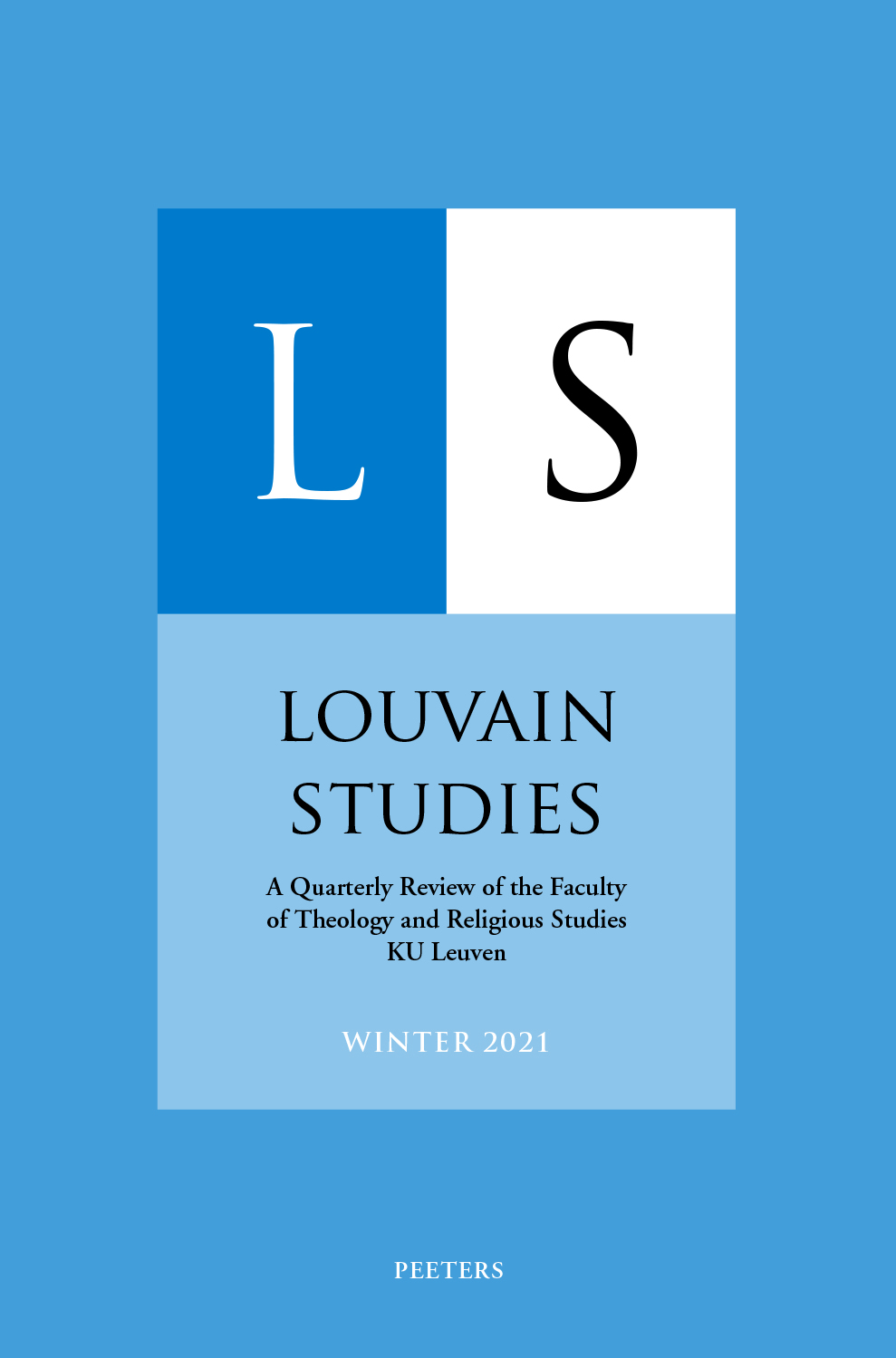 previous article in this issue previous article in this issue | next article in this issue  |

Preview first page |
Document Details : Title: Newman and the Hermeneutic of Continuity Author(s): KER, Ian Journal: Louvain Studies Volume: 35 Issue: 3-4 Date: 2011 Pages: 281-299 DOI: 10.2143/LS.35.3.2157497 Abstract : Often called 'the Father of the Second Vatican Council', Newman not only anticipated many of the Council’s teachings but also at the time of the First Vatican Council adumbrated in his private letters a mini-theology of councils that provides a hermeneutic that sets the later Council in historical and theological perspective. Newman’s anticipations of the Council’s teachings show a balance that was often lacking in the post-conciliar reception of the conciliar documents. Newman would have welcomed the teaching in Lumen Gentium on the bishops and laity, but he would have seen as more important the definition of the Church herself that the Council sets out in the first two fundamental chapters, that very scriptural and patristic understanding that Newman himself had learned as an Anglican from his study of the Greek Fathers. Newman saw clearly the inevitable effects of defining papal infallibility at Vatican I in isolation without a larger ecclesiology. He understood the limited nature of the teachings of Councils and the importance of what they do not say or teach. At the beginning of the Essay on the Development of Christian Doctrine he had argued that religious ideas become clearer and more luminous in the course of time. If we bring these two points together, we can see the rise of the ecclesial movements and communities as on the one hand the Spirit’s response to Vatican II’s silence about evangelization and on the other hand as offering a concrete realization of the idea of the Church as an organic community that we find in the first two chapters of Lumen Gentium. This twentieth-century movement of the Spirit exemplifies the importance of the charismatic dimension of the Church that Lumen Gentium emphasises. The importance of this dimension was recognized by Newman both as an Anglican and as a Catholic. |
|


